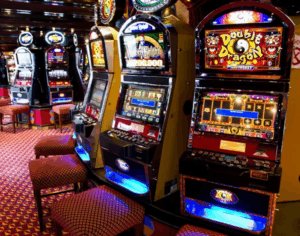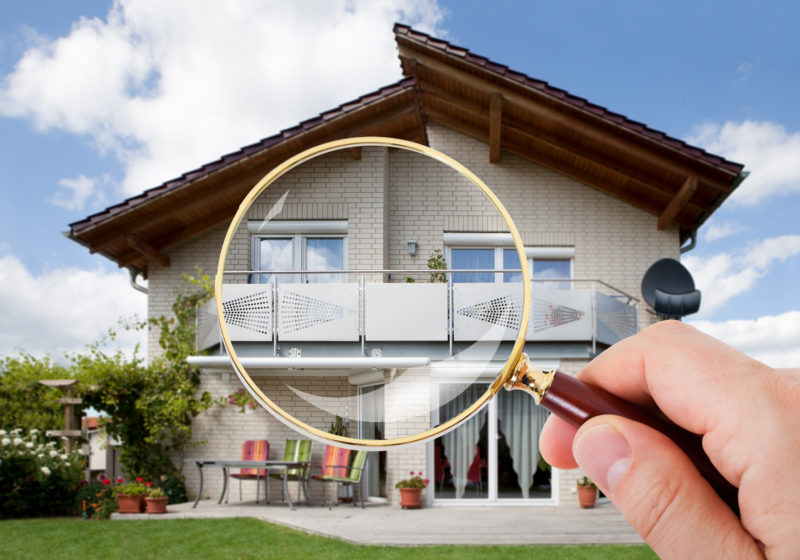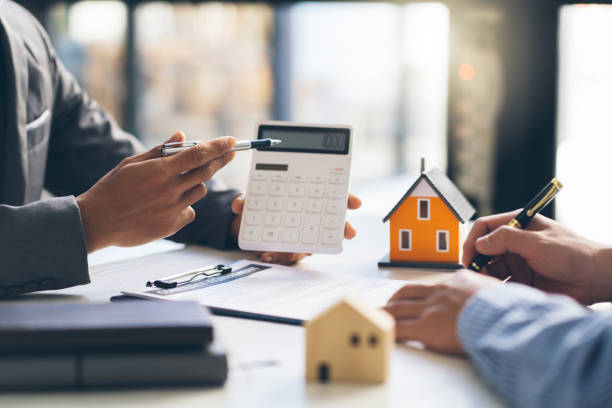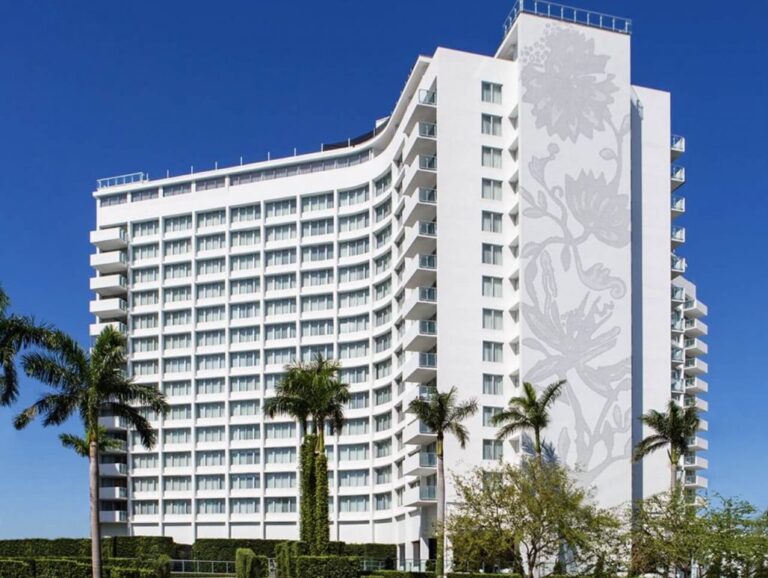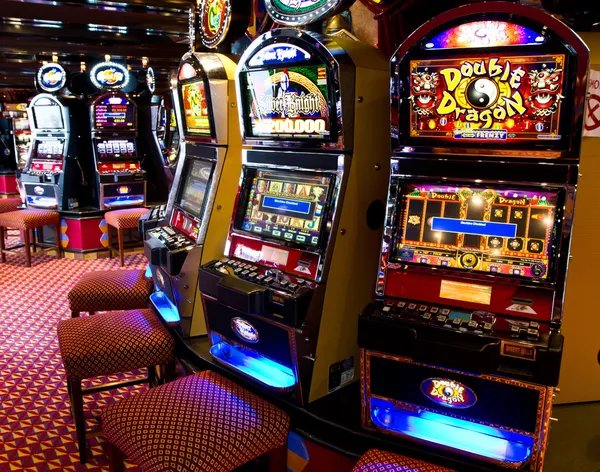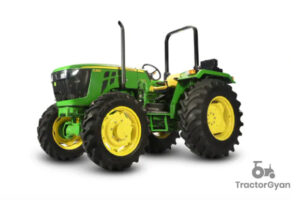Renting property can be a great option in Colorado, with its beautiful landscape and thriving job market. However, before signing a lease, it’s essential that renters in Colorado thoroughly inspect the property first. Conducting a comprehensive Rental Inspection in Colorado will help identify any existing or potential issues with the home that could become costly problems down the road.
This informational blog post offers key tips for renters on how to successfully inspect a potential rental property in Colorado. We’ll cover what you need to look for in various areas of the home, questions to ask the landlord or property manager, and your rights as a renter when it comes to repairs and maintenance. With these helpful guidelines, you’ll be well on your way to finding and securing your dream rental!
What to Look for During the Overall Visual Inspection
Your rental inspection in Colorado should start with a simple visual assessment of the entire property, inside and out. Walk through the home slowly, taking mental notes about anything that catches your eye. Some things to look out for:
-
Cracks or holes: Note any cracks in the walls, ceilings, or foundation. Look around windows and doors for gaps or holes that could mean pests, moisture issues, or energy loss.
-
Floor condition: See if floors seem significantly bowed, sloped or damaged. This could indicate structural problems.
-
Odd smells: Signs of excess moisture, gas leaks, pet odors or other concerning smells should be addressed.
-
Mold/mildew: Carefully inspect for any dark, fuzzy spots or moisture issues that could cause mold growth. This is important for health.
-
Insects/pests: Keep an eye out for signs of insects like ants or cockroaches, rodent droppings, spider webs, etc.
-
Outdoor issues: Scan the property exterior too. Look for damaged roofs, siding, unsafe stairs/balconies, dying trees and more.
If you spot multiple areas that raise eyebrows during the visual inspection, it may be wise to walk away or negotiate repairs before signing. We’ll go over more specifics for each area of the home next.
Key Areas to Inspect Inside the Rental Unit
In addition to your overall visual inspection, be sure to take a close look at these key areas within the rental unit itself:
Electrical, Appliances and Plumbing
It’s vital to ensure these major systems are in good working order, as problems can be extremely dangerous, disruptive and expensive.
-
Electrical: Flip all light switches on and off. Are there any sparks, unusual sounds, faulty wiring or outlets that don’t work? Have an electrician inspect further if anything seems off.
-
Appliances: Turn on all appliances like the stove, oven, refrigerator, dishwasher, HVAC system, ceiling fans, etc. Do they power on and function properly? Open and close refrigerator and freezer doors to ensure a tight seal.
-
Plumbing: Turn on all faucets and showerheads. Check for adequate water flow and pressure, leaks, strange noises or colors, faulty drains and more. Flush toilets to see if they run continually.
Paying attention here will clue you into major headaches awaiting—or let you negotiate needed updates and repairs so you can feel safe and avoid untimely outages or damage.
Walls, Windows and Doors
While it may seem strictly cosmetic, inspecting walls, windows and doors thoroughly serves an important purpose. It can alert you to:
-
Structural issues affecting safety
-
Pest or moisture damage leading to mold growth
-
Energy efficiency problems boosting utility costs
-
Lack of weatherproofing, security risks and more
When checking walls, windows and doors, look for:
-
Holes, cracks or bowing: Can signal foundation changes, allowing pests/elements inside.
-
Drafts: Cold air seeping in under doors or around windows wastes energy.
-
Lock function: Ensure all locks work properly to prevent break-ins.
-
Odd stains/smells: May mean past leak damage covered by landlord paint job.
-
Window glazing: Cloudiness or cracks compromise insulation; moisture can penetrate.
Document any flaws with photos/video since the landlord could be responsible for repairs per Colorado law (which we’ll discuss shortly).
Flooring
Floors take a lot of wear and tear over time. So inspect them closely for current or impending problems including:
-
Damaged boards with splinters, uneven surfaces
-
Stains/discolorations signaling past leaks
-
Tears, holes or curling at edges of vinyl, linoleum
-
Loose or uneven tiles
-
Squeaking that suggests structural instability
Be extra thorough under carpets and area rugs where underlying flaws may hide. It’s also wise to ask the landlord about past or recurring moisture problems. Water damage can lead to toxic mold under floors if left unchecked.
Storage Areas
Lots of hidden issues can lurk in closets, cabinets, attics and basements too. Look out for things like:
-
Mildew smells suggesting excess moisture
-
Stains/damage inside cabinets
-
Cracked basement foundations permitting pests
-
Insufficient insulation allowing hot/cold air loss
-
Gaps around pipes, wires running through walls
-
Lack of GFCI outlets in wet areas
Make sure storage areas meet your needs. And know what to watch for as warning signs something’s amiss.
Overall Cleanliness
While you probably expect walls to be freshly painted and floors mopped before move-in, a rental should meet reasonable cleanliness standards even after. Scan all rooms, corners, carpets and hard-to-reach areas for:
-
Dust, dirt buildup
-
Sticky spots signaling past spills hastily cleaned
-
Soap scum, calcium buildup in bathrooms indicating lack of regular scrubbing
-
Grease residue, food spills caked on appliances
-
Cobwebs, pet hair and dander extremes
Landlords sometimes cut corners. But cleanliness issues can worsen over time, so patent problems are red flags.
What to Look for Outside the Rental Home
While touring the interior of a Colorado rental takes priority, inspecting the exterior and outdoor areas matters too. Walk the entire grounds taking notes on:
Roof, Siding and Foundation
-
Damaged, missing or improperly installed shingles
-
Sagging spots, indications of leaks
-
Gaps between siding panels, around windows
-
Cracks or shifting in brick/stonework
-
Baseboards pulling away slightly from walls
-
Cracks or flaws in concrete basement walls, floor
Landscaping, Drainage and Exterior Features
-
Overgrown trees/plants in need of trimming from roof, siding
-
Bare/eroding soil areas prone to excess runoff
-
Downspouts directing water toward structure rather than away
-
Standing puddles near foundation after rain/snow
-
Leaning/damaged retaining walls
-
Wobbly handrails by stairs and decks
Watch for red flags signaling moisture issues, pest entryways, safety hazards, future repairs or problems that could quickly mean major headaches if you sign.
Colorado Renter Rights on Repairs and Maintenance
If your Colorado rental inspection does turn up issues needing repair or replacements, know your rights under state landlord-tenant laws.
Required Landlord Disclosures
Per Colorado statutes, landlords must provide written disclosure of known dangerous defects like:
-
Asbestos, mold contamination
-
Malfunctioning smoke detectors
-
Lead-based paint hazards
They must also disclose infestations occurring in the last year. Failure means they waive the right to charge for damage repairs related to undisclosed problems.
“Warranty of Habitability” Protections
Landlords in Colorado commit through oral or written lease to providing safe, sanitary, functioning living conditions without defects seriously jeopardizing health/safety or making the unit unusable.
If they’re aware of violations but fail to act promptly, tenants can pursue repairs on their own and deduct costs from rent after proper written notice. Or tenants can sue for damages and terminate the lease.
Seeking Repairs from Landlords
For most needed fixes not affecting habitability, Colorado tenants must still request maintenance in writing and allow reasonable response time before taking matters into their own hands. Rent abatements are also possible if issues render any portion of the home truly unusable for a period.
Just remember—documenting problems thoroughly at the time of Rental Inspection in Colorado strengthens the case for landlords to address repairs properly and promptly.
Partners in the Process: Hiring a Home Inspector
While this guide covers the basics of inspecting a rental in Colorado for common flaws, some situations call in the pros. Licensed home inspectors devote immense expertise towards evaluating properties, often using specialized tools and methods beyond what regular tenants can perform.
In certain cases below, hiring an inspector can provide greater rental inspection insight and protection:
-
Newer or custom homes with unique systems to assess
-
Homes where you spot multiple complex issues or safety concerns
-
Lacking confidence performing inspection yourself
-
Landlords who seem reluctant addressing documented flaws
Look for properly accredited Colorado home inspectors if utilizing one. They follow ethical standards and convey inspection reports clearly outlining any issues found. Their detailed findings bolster the case for any needed repairs too.
Just remember—rental inspections help identify potential problems early so you can make an informed decision and budget accordingly after signing the lease. Take your time touring in detail. Document concerns properly to enjoy your rental home for years to come. And now Colorado laws support making landlords accountable for providing safe, functional living spaces like they promise.


